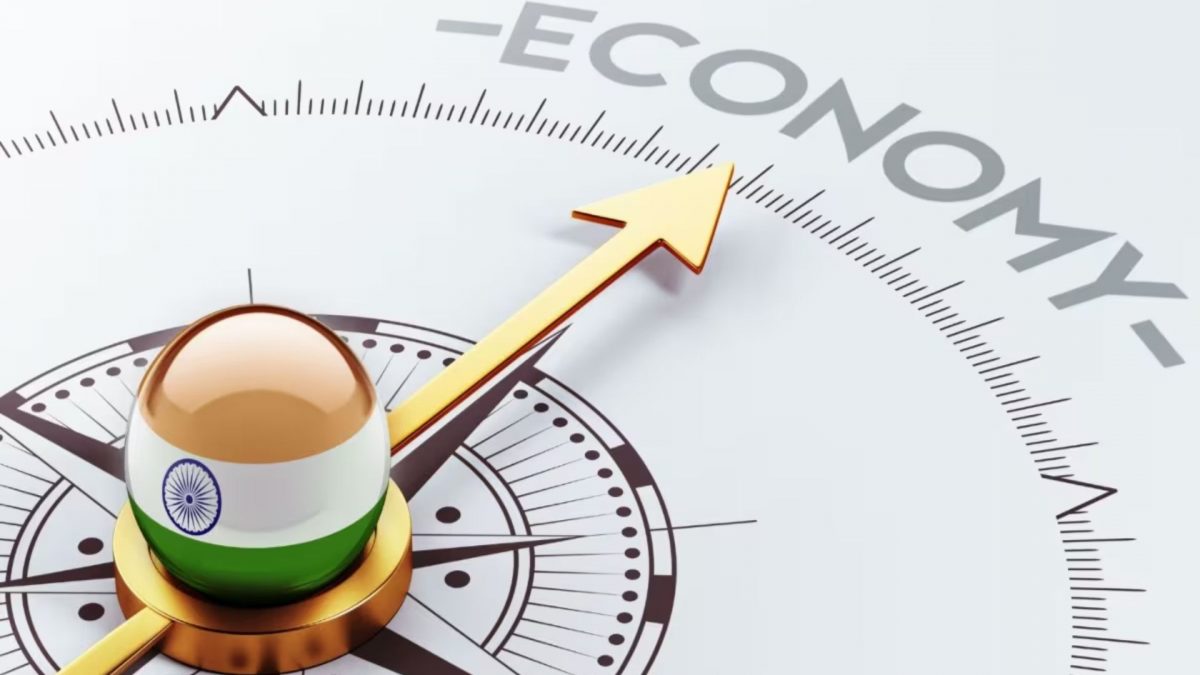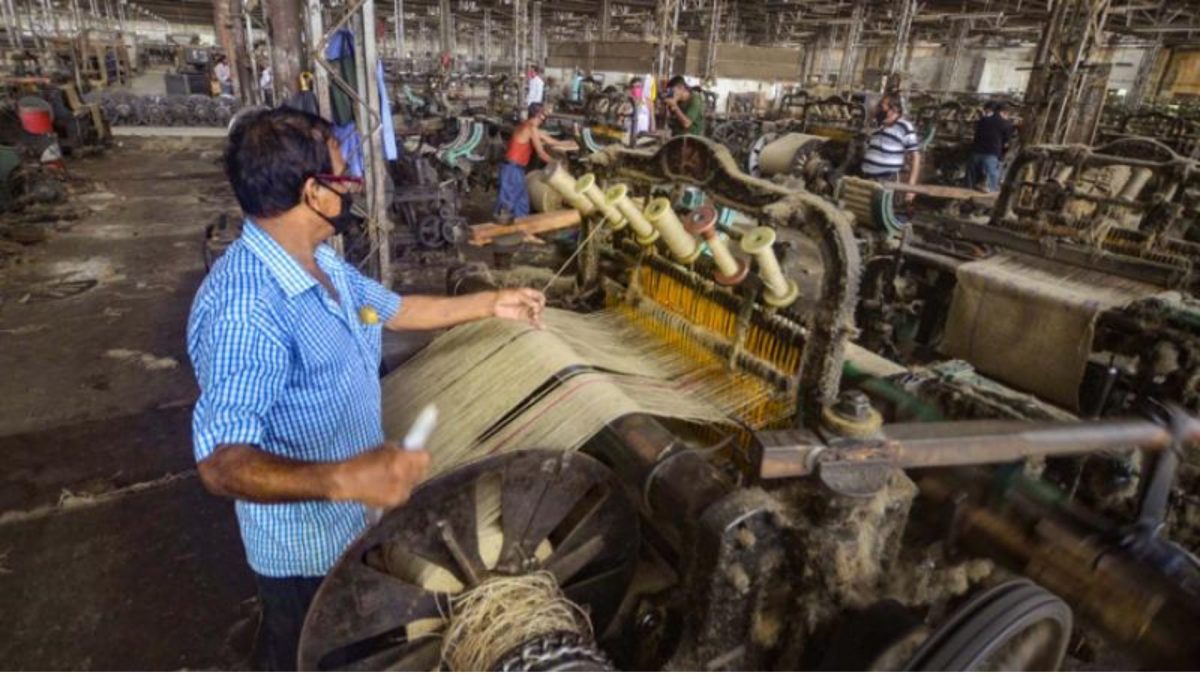Amid improving fiscal trends, Moody’s Ratings has reaffirmed India’s long-term local and foreign-currency issuer ratings, along with its local-currency senior unsecured rating, at Baa3.
The outlook has been maintained as stable. According to the global credit rating agency, India’s stable outlook reflects its “gradually improving fiscal metrics and resilient growth prospects compared with peers.”
The affirmation reflects India’s ability to sustain its credit strengths, which include a large and fast-growing economy, a strong external position and a reliable domestic financing base for fiscal deficits.
Moody’s stated that these advantages provide a buffer against global uncertainties, particularly when adverse external factors, such as US tariff hikes or restrictive international policies, could challenge India’s ability to attract foreign investment in manufacturing.
Balancing strengths with fiscal challenges
While Moody’s highlighted India’s structural strengths, it also cautioned about persistent fiscal challenges.
The agency noted that robust GDP growth and ongoing fiscal consolidation would only gradually reduce the government’s high debt burden. However, the pace of improvement is unlikely to significantly enhance debt affordability in the near term.
Recent fiscal measures aimed at boosting private consumption, while beneficial to growth, have eroded the government’s revenue base. This, in Moody’s view, makes debt reduction slower and more vulnerable to external shocks.
Impact of US tariffs on Indian exports
Moody’s also addressed the implications of US tariffs on Indian goods.
Currently, Indian exports face a 50 per cent tariff, far higher than the 15–20 per cent imposed on most Asia-Pacific countries. While the immediate impact on India’s growth is expected to be limited, Moody’s warned of potential medium- to long-term risks.
Higher tariffs could constrain India’s ambition to build a value-added export-driven manufacturing sector, curbing its competitiveness.
The agency previously estimated that the tariffs could reduce India’s GDP growth by 0.3 percentage points, lowering projections from 6.3 per cent for 2025–26.
Despite this, strong domestic demand and a resilient services sector are expected to cushion much of the impact, limiting the short-term downside.
H-1B visa restrictions and offshore policies
On the issue of immigration and outsourcing, Moody’s expressed confidence that changes in US policy would not significantly impact India’s services sector.
While US President Donald Trump recently announced a substantial hike in H-1B visa fees to $100,000, Moody’s does not expect this, nor other restrictions on skilled-worker visas, to weigh heavily on remittances or IT services exports.
Similarly, potential levies on US firms outsourcing offshore operations are unlikely to create major disruptions. As a result, the risks of a widening current account deficit remain contained.
S&P upgrade: A positive contrast
In a separate development, S&P Global upgraded India’s sovereign rating to BBB, marking the first such improvement in 18 years. This upgrade follows India’s strong economic growth and progress in fiscal management.
According to S&P, the 50 per cent US tariff would have only a marginal impact and would not alter India’s long-term growth trajectory.
S&P emphasised India’s economic resilience, pointing to an average GDP growth of 8.8 per cent between fiscal 2022 and 2024, the highest in the Asia-Pacific region.
For the medium term, S&P projects annual growth of 6.8 per cent, which is expected to gradually moderate India’s debt-to-GDP ratio despite wide fiscal deficits. The upgrade positions India as one of the top-performing global economies, highlighting a significant recovery from the pandemic period.
A stable outlook
Moody’s decision to retain India’s rating at Baa3 with a stable outlook highlights a balance between the nation’s strong macroeconomic fundamentals and lingering fiscal vulnerabilities.
While India’s large, dynamic economy and domestic resilience provide a strong foundation, challenges such as high debt, weak affordability and external trade pressures remain.
In contrast, the recent upgrade by S&P reflects growing confidence in India’s long-term prospects, reinforcing the view that the country continues to be one of the fastest-growing economies globally.
End of Article

)
)
